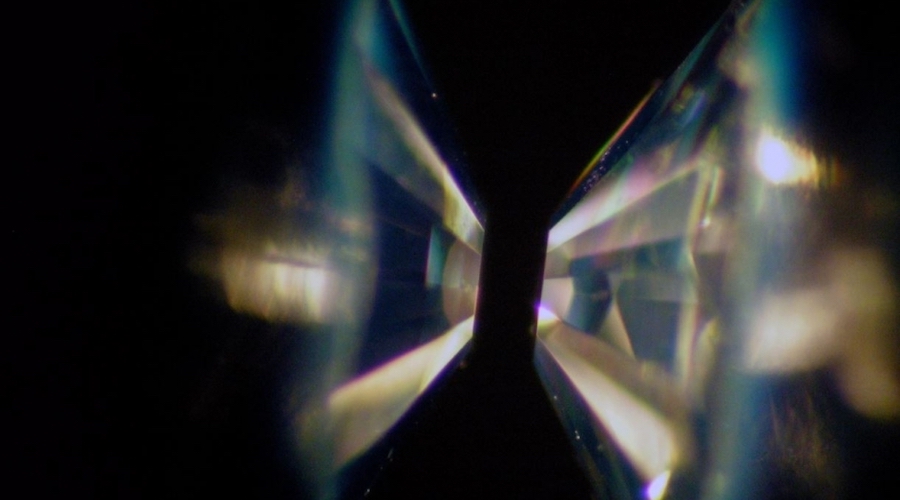Some carbon-rich exoplanets may be made of diamonds

But exoplanets around stars with a higher carbon-to-oxygen ratio than our sun are more likely to be carbon-rich. Thus, the scientists at ASU and UChicago hypothesized that these carbon-rich exoplanets could convert to diamond and silicate if water – which is abundant in the universe – were present, creating a diamond-rich composition.
Carbon-rich exoplanets could convert to diamond and silicate if water were present, creating a diamond-rich composition
To test their hypothesis, the research team needed to mimic the interior of carbide exoplanets using high heat and high pressure. To do so, they used high-pressure diamond-anvil cells.
First, they immersed silicon carbide in water and compressed the sample between diamonds to very high pressure. Then, to monitor the reaction between silicon carbide and water, they conducted laser heating at the Argonne National Laboratory in Illinois, taking X-ray measurements while the laser-heated the sample at high pressures.
As they predicted, with high heat and pressure, the silicon carbide reacted with water and turned into diamonds and silica.
Although these findings may spark interest from diamond miners, the downside is that carbon-rich planets likely do not have the properties needed to keep a human being alive.
“Regardless of habitability, this is one additional step in helping us understand and characterize our ever-increasing and improving observations of exoplanets,” said Harrison Allen-Sutter, lead author of the study, in a media statement. “The more we learn, the better we’ll be able to interpret new data from upcoming future missions like the James Webb Space Telescope and the Nancy Grace Roman Space Telescope to understand the worlds beyond our own solar system.”




